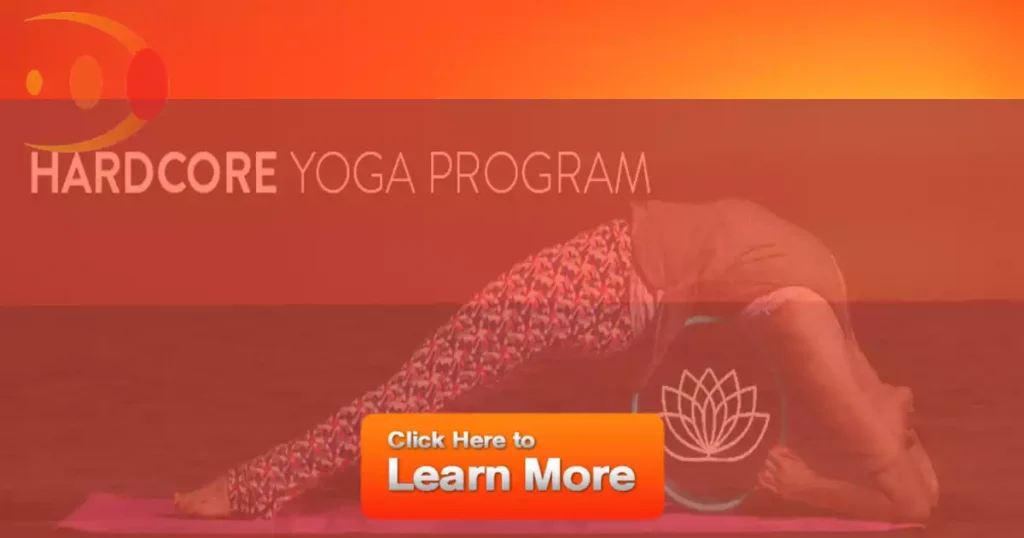Better stretching for better fitness
Stretching Exercise
Imagine unlocking a level of fitness you’ve always dreamt of, not through more weights or extra miles on the track, but by simply refining what many consider a prelude to the real workout: stretching.
Yes, that’s right!
Better stretching for better fitness isn’t just a catchy phrase; it’s your secret weapon in enhancing overall performance, reducing injury risk, and even speeding up recovery times.
This revelation has the power to transform your approach to exercise and how you treat your body both inside and out of the gym.
In this exciting journey towards achieving peak physical condition, we’ll dive into why upgrading your stretching routine can be the game-changer you never knew you needed.
From unlocking flexibility’s hidden benefits to integrating advanced techniques that elevate muscle function—prepare to be enthralled by how simple stretches can lead to significant strides in your fitness saga.
Embrace this thrilling exploration with us as we stretch our way towards unparalleled physical health and vitality!
Table of Contents Better stretching for better fitness
Stretching routine for flexibility
I have been doing a stretching routine every day since I started working out. It is very important to stretch before and after your workout, but it’s also good to do some stretches throughout the day as well.
Stretches help increase blood flow in muscles which helps with recovery from workouts. They can also reduce soreness or stiffness that you may feel after exercising.
Top 10 stretching for wellness
Stretching is a great way to improve your overall health and well-being. It can help you lose weight, reduce stress levels, increase flexibility, relieve pain, strengthen muscles, and even boost energy! But how do you know which stretches are the best? Here’s our list of top ten most effective yoga poses that will get you started on the right foot:
1) The Warrior Pose – This pose helps stretch out tightness in the hips and lower back area.
Dive deep into the powerful realm of the Warrior Pose and embark on a journey towards physical liberation and strength.
Imagine channeling ancient warriors’ energy as you root your feet firmly into the earth, stretching your body tall, with muscles engaged and heart open.
This iconic pose isn’t just a testament to endurance; it’s a key that unlocks the tight vaults within our hips and lower back, where stress likes to hide.
The magic unfolds as we stretch out tightness in these areas, inviting a rush of relief that feels almost revolutionary.
And here’s where excitement bubbles up! Each time you strike the Warrior Pose, envision yourself not just toning muscles but also warrior-ing against daily stiffness and discomfort.
It’s more than a posture; it’s an act of reclaiming vitality, making space within for fresh energy to flow freely through your being. Who knew standing strong could evoke such exhilaration?
Engage in this dynamic pose regularly and watch as your body thanks you with grace and newfound flexibility—proving once again that true power lies in poise balanced with resilience.
2) The Cobra Pose – This is a great yoga posture for stretching your hamstrings, calves, quads, glutes, and inner thighs. It also strengthens your core muscles as well!
3) The Tree Pose – This poses works on strengthening your upper body while improving balance. You can do this one standing or sitting down.
4) The Cat/Cow Pose – If you’re looking to strengthen your abs, then try doing these two poses together.
5) The Plank – This is a great pose for strengthening the core and building strength in the legs. It also helps with balance as well!
6) Side Lying Leg Raise – Lie on your side and raise one leg up towards the ceiling while keeping it straight. Hold this position for 30 seconds or until you can no longer hold it. Repeat 10 times before switching sides.
7) Standing Calf Stretch – Stand with feet shoulder width apart, toes facing forward. Bend over at the hips so that your back is flat against a wall. Place hands behind head to stretch out neck muscles. Keep legs slightly bent as if standing in front of a mirror. Breathe deeply through nose and exhale slowly through mouth. Do not strain yourself by holding breath. Relax body completely. This will help release tension from lower back area. Stay like this for 5 minutes.
8) Seated Forward Fold – Sit on floor or chair with knees straightened. Lean forward until you feel comfortable. Hold arms up above shoulders. Slowly fold forward keeping spine long. Repeat 10 times.
9) Side Lying Twist – Lie face down on bed or mat. Bring right knee towards chest while left leg remains extended. Roll onto side and bring other arm under torso. Rotate upper body 90 degrees clockwise. Reverse direction and repeat.
10) Seated Forward Fold with Leg Lift – Sit in a chair, cross your legs at the ankles and place hands behind head. Inhale deeply as you lift both feet off floor until they are parallel to each other. Exhaling slowly lower back into seated position. Repeat 5 times.
11) Standing Forward Bend (Bonus 🙂 – Stand straight up from sitting position. Keep arms by sides and bend forward keeping spine long.
Stretching exercises for beginners
The first thing you need to know about stretching is that it’s not a one-size fits all exercise. You can do any number of different stretches, but they should be done in the right way and at the correct time.
If you don’t stretch correctly or if you overdo your routine then you could end up with an injury instead of getting better!
Static stretching
The traditional and most common type is static stretching, where a specific position is held with the muscle on tension to a point of a stretching sensation and repeated.
The first thing to do is stretch your hamstrings. Static stretching often results in increases in joint ROM.
It has been shown that 8 weeks of static stretching increased muscle extensibility; however, most static stretching training studies show an increase in ROM due to an increase in stretch tolerance (ability to withstand more stretching force), not extensibility (increased muscle length).
Unfortunately, however, static stretching as part of a warm-up immediately prior to exercise has been shown detrimental to dynamometer-measured muscle strength and performance in running and jumping.
The loss of strength resulting from acute static stretching has been termed, “stretch-induced strength loss.” The specific causes for this type of stretch induced loss in strength is not clear; some suggest neural factors, while others suggest mechanical factors.
Interestingly, a maximal contraction of the muscle being stretched before static stretching may decrease stretch-induced strength loss.
In general, it appears that static stretching is most beneficial for athletes requiring flexibility for their sports (e.g. gymnastics, dance, etc.).
This will help you get a good range of motion in the back and make it easier for you to perform all kinds of exercises that require flexibility, such as squats or lunges.
You can also use this time to warm up before doing any exercise routine.
Do some light cardio
Cardio helps improve blood flow throughout the body, which means more oxygen gets delivered to muscles during workouts.
Daily stretching routine
I’ve been doing a lot of research lately on the benefits and detriments of various types of exercise. I have to say that it is very interesting, but also quite overwhelming!
There are so many different kinds of exercises out there, with varying degrees of intensity, frequency, duration, etc., that it can be hard for someone who doesn’t know much about them all to figure out which ones would work best for him or her.
Health benefits of yoga include: Cardiovascular system (heart and arteries) – asanas are isometric, which means they rely on holding muscle tension for a short period of time.
Stretching routine for men
A stretching routine is a series of exercises that are performed to increase flexibility and range of motion. Stretches can be done before or after exercise, but they should not replace proper warm-up routines.
A good stretch will help prevent injury by increasing the length of muscle fibers in your body. It also helps you maintain healthy joints and ligaments. The following stretches are recommended:
The hamstring curl – This is one of the most important stretches because it works on both
Flexibility training
Flexibility training is a type of exercise that improves the range and quality of movement in your body. It can be done at home, or with professional help from an instructor.
Flexibility exercises are often used to prevent injury by improving muscle strength and flexibility before you start any new activity.
They also improve posture and balance which will make it easier for you to do everyday activities such as walking up stairs, getting out of bed, sitting down etc.
Dynamic stretching
In physical therapy, dynamic stretching is a form of exercise that involves moving the body through various positions and movements to increase flexibility. It can be done in any position or movement pattern as long as it increases range of motion.
Dynamic stretches are often used before an activity such as running, cycling, swimming, weightlifting, tennis, basketball, soccer, volleyball, martial arts, dance, gymnastics, yoga, etc., because they help prevent injury by increasing ROM prior to use.
For example, if your hip flexors are tight, you might begin using your lower back or hamstrings more than you should be to achieve your movement goals.




